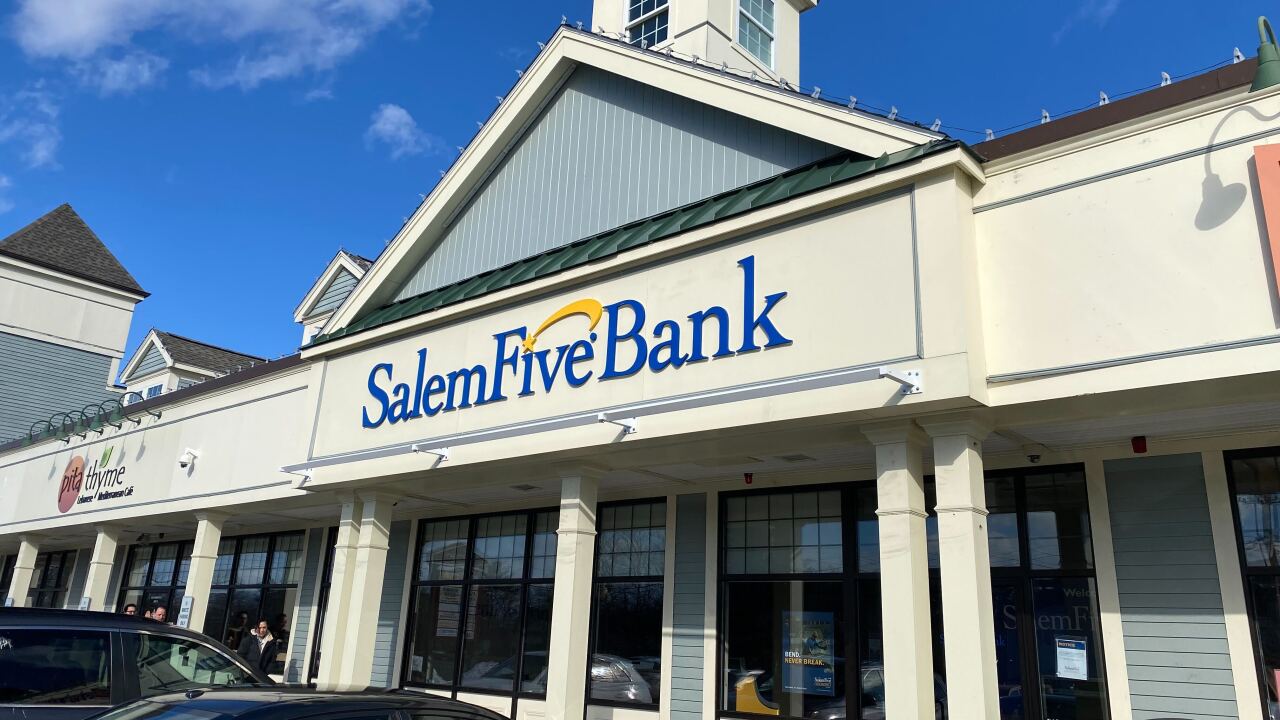The combination of soaring inflation and rising interest rates may soon galvanize consumers and business owners to demand greater compensation for their deposits. This, in turn, could offset the boost in interest income that banks expect to generate as rates climb in 2022.
The Federal Reserve this spring raised rates by 75 basis points — from near zero — and futures markets widely expect another 100 basis points of hikes over the summer. The increases enable banks to immediately reset adjustable-rate loans higher and earn more on everything from mortgages to credit cards. Analysts expect second-quarter bank earnings to get a substantial boost from the uptick in lending profitability.
But inflation, which soared to a 40-year high in May, sent expenses surging for both consumers and businesses. As the Fed pursues further rate increases, banks’ customers are bound to begin demanding more for their deposits to offset higher everyday expenses and increased borrowing costs.
In time this could
“By the end of the third quarter, I think we are going to see pressure on deposit pricing,” said Matt Deines, president and CEO of the $1.9 billion-asset First Northwest Bancorp in Port Angeles, Washington. The company is the parent of First Fed Bank.
“Our customers read the same headlines we do,” Deines said in an interview. “At some point, they’ll be
Banks can afford to let some deposits run off — Fed data shows deposits across the sector were nearly 40% higher at the close of the first quarter than at the same point in 2019, prior to coronavirus outbreaks — but only for so long, according to Deines.
Loan demand is steady and competition for deposits to fund that growth will inevitably intensify, Deines said. Banks will have to at least selectively pay up on deposits to keep prized customers, he said.
Some of First Northwest's competitors are already advertising higher rates to woo new business, Deines said. Financial technology companies are lurking and willing to pay up to win over customers, too.
The model that worked so well for internet-banking pioneers like
“It’s so easy to open accounts online these days” that it could prove easier for people to switch financial institutions now than in previous rate cycles, Deines said. The hassle of physically shopping around had in the past made the task of changing banks cumbersome.
Piper Sandler analysts said they recently met with several bankers and asked about deposit costs. Many bankers predicted that with the next Fed hike this summer they will begin to see deposit costs move higher.
“Bank liquidity levels are still historically elevated, making for a benign competitive environment for deposit gathering for now, but management teams are on the lookout for customer rate sensitivity and any signs of liquidity starting to flow back out,” Piper Sandler analyst Casey Orr Whitman said.
Credit unions will grapple with similar pressures.
Vincent Hui, managing director at Cornerstone Advisors, said he is already seeing upticks in deposit rates for some credit unions. Those with high loan-to-deposit ratios are likely to lift rates early.
“If they offer better rates without negatively impacting earnings, they would do so,” Hui said.
Eric Mangham, chief financial officer for the $1.9 billion-asset Arkansas Federal Credit Union in Little Rock, said the company has already begun to inch up some deposit rates. Arkansas FCU's loans are growing faster than deposits, so the company has raised deposit rates to get more money in the doors, he said.
Some lenders will look for ways to appeal to customers without raising rates.
Amplify Credit Union in Austin, Texas, for one, is instead providing members with accounts that do not charge transfer and overdraft fees. The $1.3 billion-asset lender is betting that its client base will value lower fees more than higher deposit rates.
"Our research showed that the average Amplify member was paying more in bank fees than they were receiving in interest," Kendall Garrison, Amplify's president and CEO, said in an interview. "That realization brought about a pretty seismic shift in how we approached our member banking experience."
However, for larger credit unions and banks that serve broad consumer bases and larger commercial clients, deposit price pressure is bound to become a fact of life either this year or next, said Chris Nichols, head of capital markets at the $46.2 billion-asset SouthState Corp. in Winter Haven, Florida.
Should rates climb another 100 basis points, the development would drive financial news and cause a “psychological paradigm shift," Nichols said.
When that happens, corporate clients and other large depositors will go on the hunt for higher rates, Nichols said. “So we are all watching things closely,” he said.







